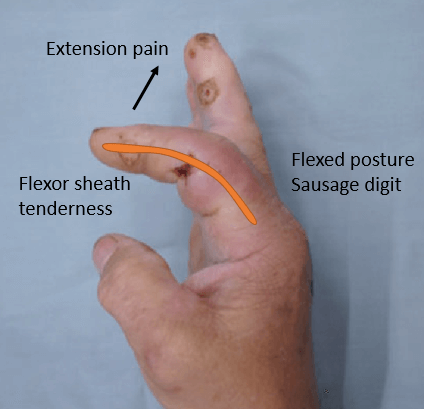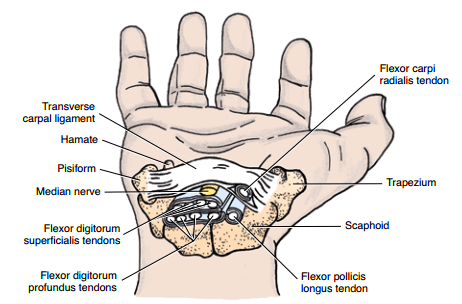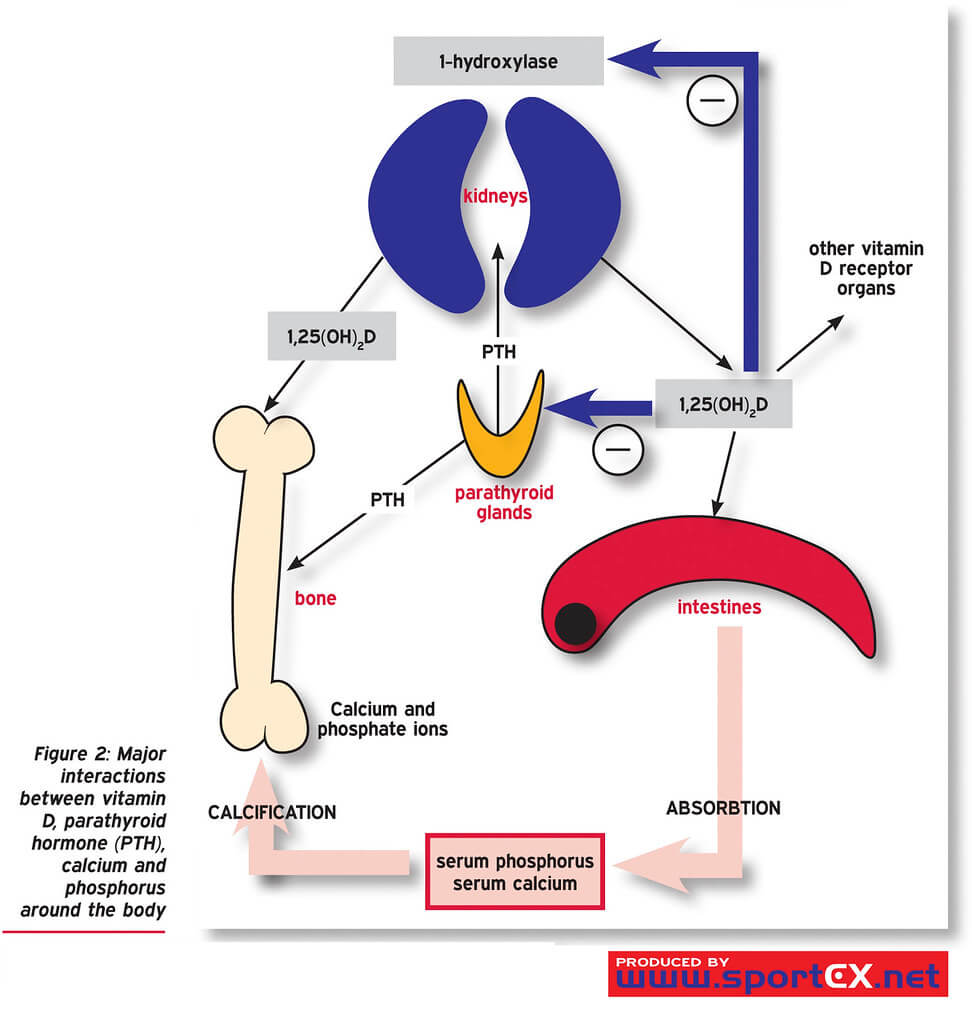1. Exquisite tenderness over the course of the sheath, limited to the sheath
- Present in 64% cases
- Late sign of proximal extension of pyogenic tenosynovitis
- Most important sign as described by Kanavel
2. Flexion of the finger (‘hook’ sign)
- Present in 69% cases
3. Exquisite pain on extending the finger, most marked at the proximal end
- Present in 72% cases
- Most reliable early Kanavel sign
4. Fusiform swelling of the digit (‘sausage’ digit)
- Present in 97% cases
About only 54% patients have all 4 signs.

Additional sign by Neviaser and Gunther: inability to flex the finger to touch the palm
Kanavel’s signs in the little finger and thumb may be more subtle than the central fingers because of autodecompression through the ulnar and radial bursae.
Reference: Kennedy CD, Huang JI, Hanel DP. In Brief: Kanavel’s Signs and Pyogenic Flexor Tenosynovitis. Clin Orthop Relat Res. 2016 Jan;474(1):280-4. doi: 10.1007/s11999-015-4367-x. Epub 2015 May 29. PMID: 26022113; PMCID: PMC4686527.


